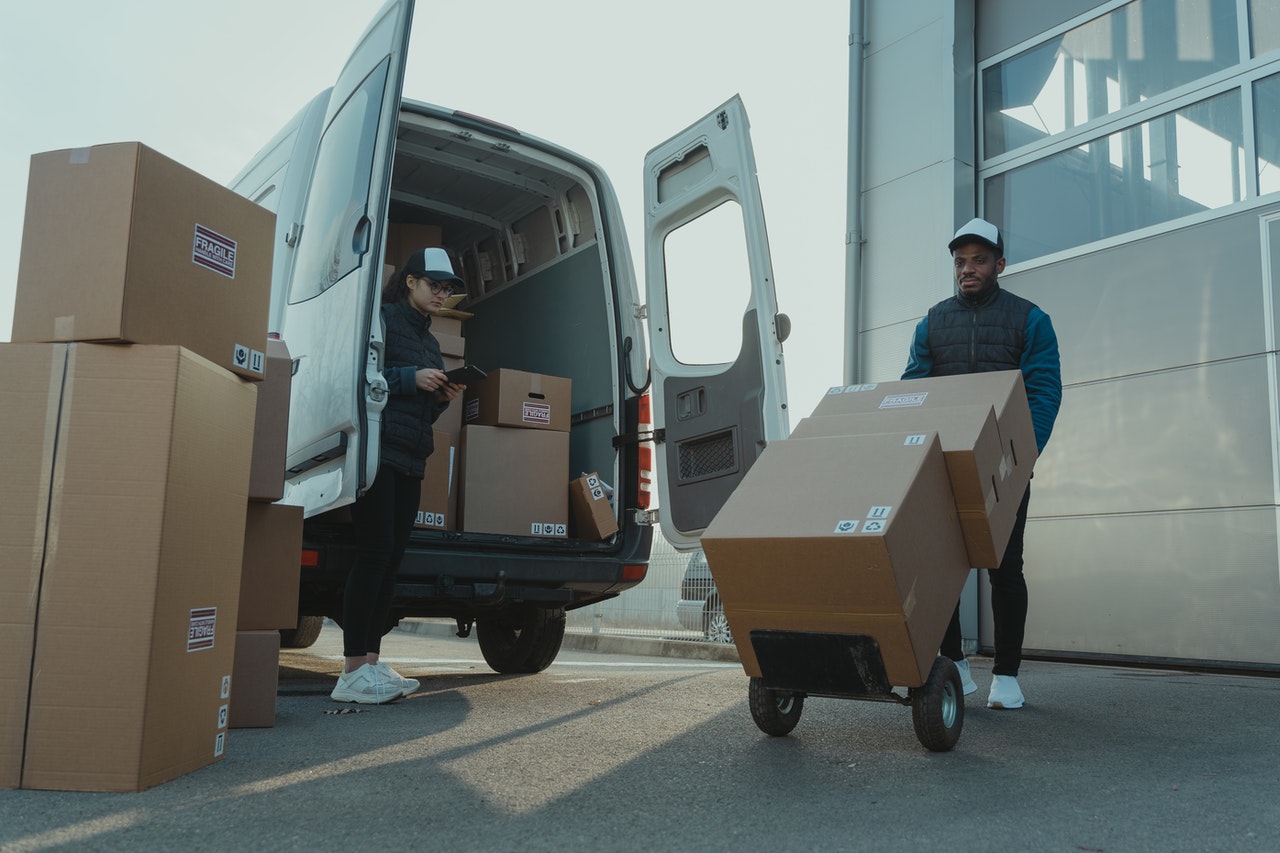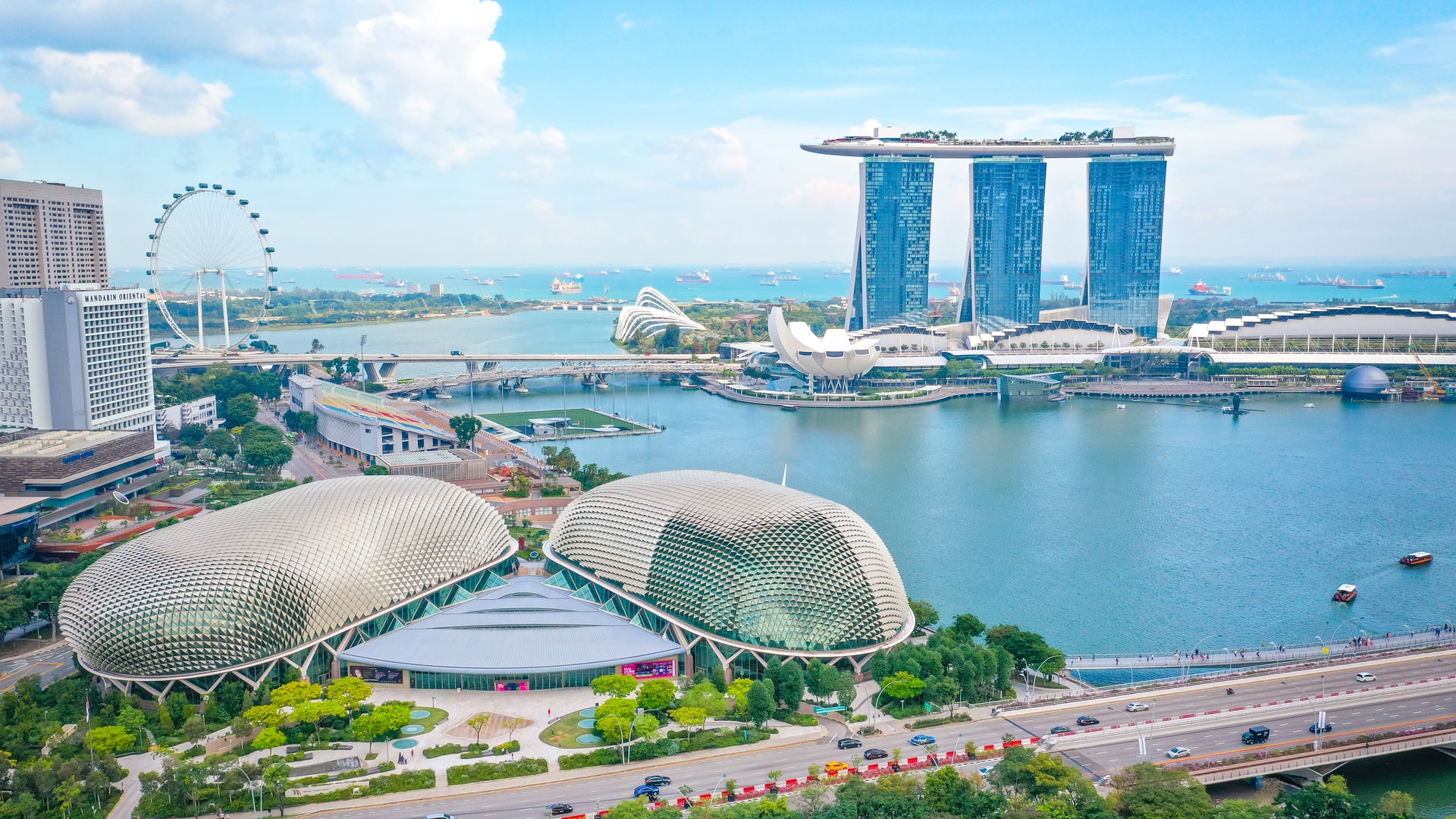A new reality is dawning for businesses: not only is the customer always right, they also often want the fastest and cheapest shipment possible. While you can’t necessarily have both every time, the rise of next-day and same-day delivery has made rapid retail the new norm. More and more online shoppers can place an order in the morning, with a view to having it delivered the same afternoon.
Despite the increase in demand — in fact, a third of Brits expect same-day delivery — only a handful of brands have truly mastered this option. Many couriers have started offering this shipping, with some, such as CitySprint, even offering express same-day delivery “for when the same day isn’t fast enough”.
If this is the picture of success you’ve been dreaming of, read on — we’ve put together an explainer for why businesses should adopt rapid delivery to gain even happier customers and real results.
1. Convenience is king
For the youngest shopping generation, with the oldest being born just shy of the millennium (Gen Z), there have been numerous leaps and bounds in technological advances. The result? A lower patience threshold for online purchases. Forbes found that, for this generation, ‘waiting’ ranked as one of the most negative indicators of brand experience.
Convenience has only grown more as a priority in light of the coronavirus pandemic, but this can also be reinforced by factors beyond fast delivery. A report by McKinsey made clear that the ease of user interaction with your company website works alongside your promise of a swift dispatch. Consequently, every corner of a customer’s digital experience ought to be fast and accessible, to reflect your quick services. To keep up with rising demand, they argue that “retailers should start by designing web pages that are optimized for digital shopping”. In other words, the customer’s experiences of both your website and shipping services are clearly connected.
Same day vs. next day?
However, though large swathes of consumers are looking for instant gratification, there is a limit to how quickly they want something if they can’t justify the additional cost. PwC found that 41% of consumers are willing to pay a charge for same-day delivery, while nearly a quarter (24%) of shoppers said they would pay more to receive packages within a one-or two-hour window of their choosing.
If you’re a small business that can’t feasibly include same-day in your current offering just yet, don’t worry too much. Convenience for the consumer is also largely about transparency, as IMRG (The UK eCommerce Association) assures: “for now, enabling next-day delivery and optimising the service…is the recommended path to a successful delivery strategy. The thinking here partly comes from their interviewing Lana Jackson, former eCommerce Operations Chief at New Look, who claimed that customers “don’t want things fast – they just want clarity on when it’s going to arrive”.
2. Catering to emotion-based decision making
The topic of convenience leads us neatly onto our next topic. If a lot of consumer behaviour is driven by short-term psychological biases, such as impatience, neuroscientist Gerald Zaltman fleshes this out even further, claiming 95% of customer purchasing decisions are subconscious.
If we dig a little deeper, studies have shown that out of the many cognitive biases people possess, one of the more significant is the preference for immediate rewards and satisfaction over an imagined future reward — even when they might be better or provide more value for money in the long-run.
Another term for this bias is hyperbolic discounting, which marketers have tried tapping into for a few years now by offering instant rewards for consumers. In terms of eCommerce, the logic is that customers value goods when their needs are met quicker, either through the next-day or same-day options. What’s more, free and fast delivery plays on consumers’ fear of risk, so guaranteeing a free next-day delivery option will appeal to the desire to have something soon, if it’s something they suddenly need.
3. Keeping up with the competition
As speedy shipping becomes more desirable, it provides a competitive advantage for the firms who offer it. What is significant here is not just about business you might be missing out on without a rapid retail option, but also brand loyalty.
Just take a look at Amazon. Despite its quick deliveries also causing a lot of backlash and negative publicity due to its employee’s squalid working conditions, it doesn’t seem to have affected the behemoth’s sales or share price. In fact, Amazon’s customer retention rate is over 90%. Now, this certainly doesn’t mean the issue of working conditions is not important — but it does highlight, however controversially, that consistently quick dispatches are significant for brand experience and identity, and therefore retention.
That said, you can use this logic of brand loyalty to create another competitive advantage, by combining next-day or same-day delivery with an assurance that your services are ethical (including being sustainable). While it’s true that Amazon remains successful despite its lack of these in certain areas, McKinsey argued that “sustainability programs are not only strongly correlated with good financial performance but also play a role in creating it.” Unless your business model is one that emulates Amazon’s ability to provide pretty much any item you could think of, being both profitable and ethical is very much achievable.
This could mean using electric vehicles to reduce your carbon footprint, and creating working conditions that are focused on staff wellbeing. This will be particularly valuable for reaching Gen Z, as alongside rapid retail, this demographic is full of those who want companies to help them have a positive impact on society. That way, on the speed and sustainability front, your business will be a cut above the rest.







